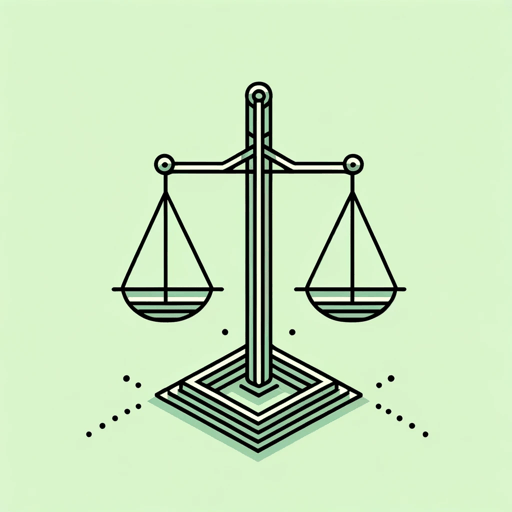44 pages • 1 hour read
William JamesPragmatism: A New Name for Some Old Ways of Thinking
Nonfiction | Book | Adult | Published in 1907A modern alternative to SparkNotes and CliffsNotes, SuperSummary offers high-quality Study Guides with detailed chapter summaries and analysis of major themes, characters, and more.
Lecture 2Chapter Summaries & Analyses
Lecture 2 Summary & Analysis: “What Pragmatism Means”
James begins the lecture with an anecdote drawn from an experience he had on a camping trip in the mountains. When the camping party argued about whether a person could go around a squirrel as it circled a tree, James pointed out that the question depended on one's point of view. James uses the anecdote to illustrate what the pragmatic method seeks to accomplish: “settling metaphysical disputes that otherwise might be interminable” (18) by testing competing theories to find out what practical consequences they would have in the real world. If no practical difference is found to exist between two theories, then pragmatism judges the dispute to be pointless, and thus makes peace between the two factions.
The term “pragmatism” derives from the Greek word for “action,” which is also the source of the English words “practice” and “practical.” Charles Sanders Peirce was the first to use the term in philosophy, in 1878, arguing that “our beliefs are really rules for action” (18) and that, therefore, to achieve clarity about the meaning of our ideas, we need to consider the practical effects they may have on human behavior.
Related Titles
By William James
Featured Collections
American Literature
View Collection
Appearance Versus Reality
View Collection
Essays & Speeches
View Collection
Order & Chaos
View Collection
Philosophy, Logic, & Ethics
View Collection
Psychology
View Collection
Religion & Spirituality
View Collection
School Book List Titles
View Collection
Science & Nature
View Collection


